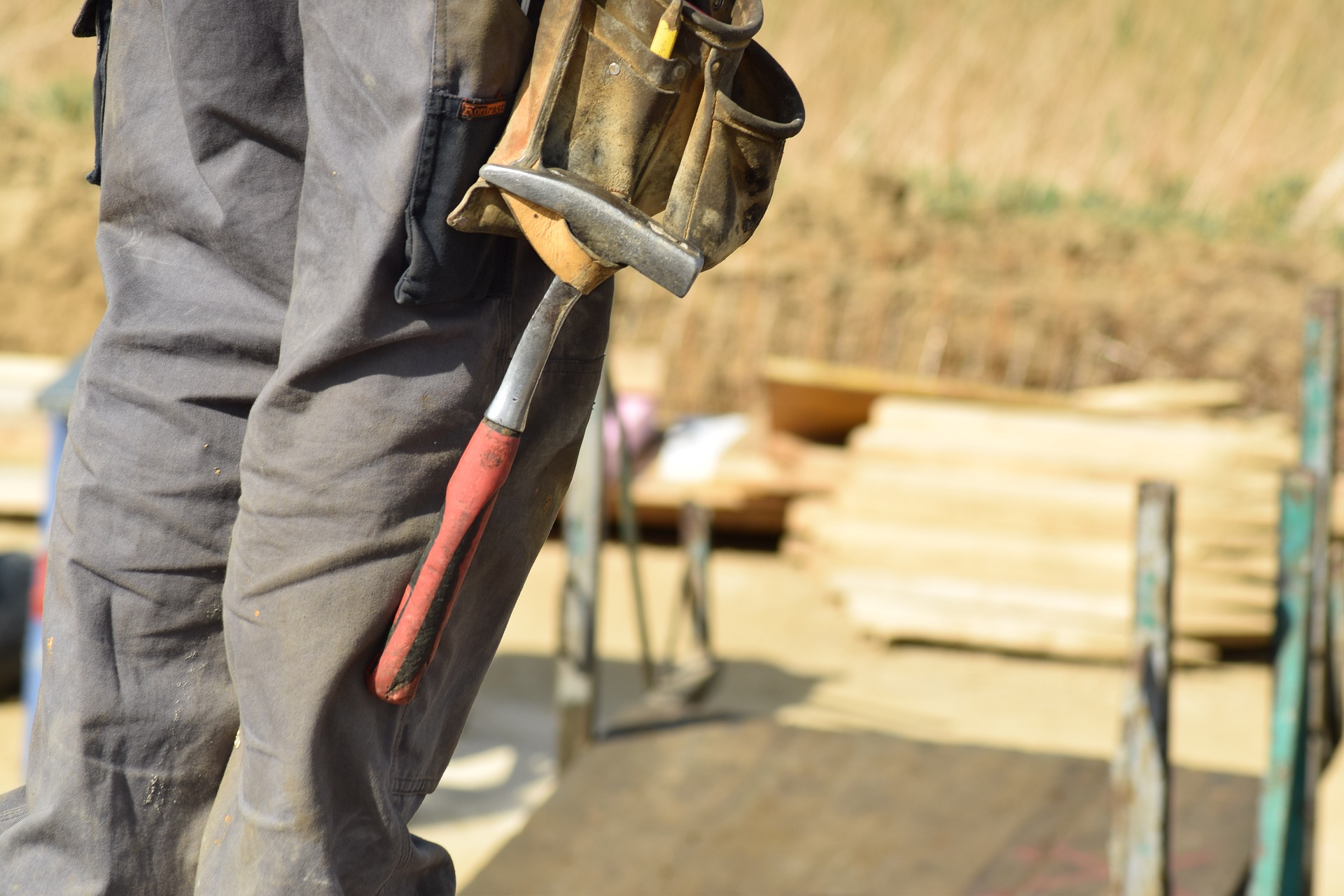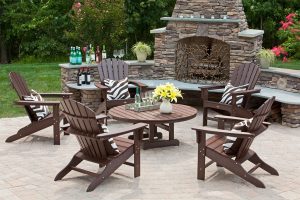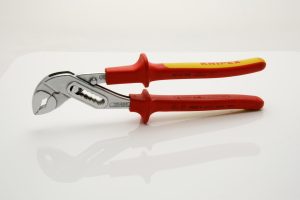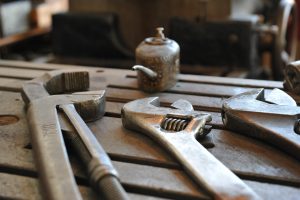- Home
- Blog
- Power Tools
- Drills & Drivers
- 6 Types of Power Tools and Their Uses
For anyone who does their own household projects or any hardware work, power tools are a blessing. However, not everybody knows a lot about them. These efficient machines can take a load off our work and make it simpler.
It is guaranteed that most of you have personally seen or even worked with power tools. Just look them up on the internet, and you’ll know what we’re talking about. If you are somewhat confused regarding what type of power tool will be best for your needs, worry not. With this guide, we’ll help you out. But before we get into the details, let’s get the basics down.

WHAT ARE POWER TOOLS?
The word alone gives it all away. Power tools are simply tools with an additional power source other than human power. The power sources are normally electric motors, gasoline internal combustion engines, or even compressed air. The reason for power tools is to vastly reduce the time and effort needed to perform manual work and replace it with fast and capable machines.
VARIOUS TYPES OF POWER TOOLS
When choosing a power tool, you can easily drown in the many choices that exist. So, understanding the different types and uses of power tools can be helpful and convenient when you need to make the best choice for you.
1. TABLE SAW
If your project needs you to make extreme cuts, crosscuts or involves sawing through tough material, a table saw is your best bet. A regular saw would take about ten times the time and will offer less precision than a table saw.
A table saw is designed with a circular saw beneath a table with blades, providing you with the ability to smoothly cut through almost anything. Table saws are portable and can easily be shifted from place to place.
Uses: Table saws are used to make deep cuts across small surfaces. But its true purpose is to make two types of cuts beautifully: a cross-cut and a rip-cut.
2. TRIMMER
You cannot have an amazing garden without using a trimmer. A trimmer can help you keep your garden beautiful and pleasant to the eye. Trimmers do not use a regular metal blade, they use flexible monofilament lines.
With this feature, they can cut grass, other objects around plants, and even uneven terrains with ease. Usually, they come in gasoline engines although electric trimmers are now available on the market as well.
Uses: Trimmers are used to get to any leftover grass that the lawnmower can’t reach. It can cut through even the densest plants. It is very rewarding to trim your lawn edges with this tool.
3. AIR COMPRESSOR
Air Compressors follow a basic principle; they convert power into energy. Power, in this case, is stored in the form of pressurized air. When you start the compressor, it starts to store compressed air inside a tank according to the tank’s capacity. Both the compressor power and tank capacity will depend on the type and size of the model you are using. Air compressors are available in permanent and portable form. And when it comes to air hose reels for the compressor, don’t just choose the most expensive or good-looking air hose reel. One that properly suits all your needs will be the best air hose reel for you to choose.
Uses: Air compressors are commonly used to blow up inflatables, like adding air to your tires. They are also used to clean tight spaces. Commercial uses include spray-painting, filling gas cylinders, powering air-powered tools such as nail guns and many more.
4. ROTARY TOOLS
Rotary tools are indeed one of, if not the most important tool to have in your arsenal. They are most useful for smaller home projects and often come with a multi-tool package offering a variety of attachments. Some brands offer over 100 accessories in their packages. It is an all-in-one tool. They are handheld power tools that spin at a high rate. Plus, they are very small and portable.
Uses: Technicians and DIYers use rotary tools for removing rust and polishing objects that lack natural luster. These tools are also great for working on small details and moldings, engraving or carving, grinding sharp edges, cutting through light materials, cleaning tools and silverware – these are other prominent uses of this little wonder machine. However, you can also use a rotary tool for grout removal and coping moldings in your woodworks.
5. DRILL
Ah, the drill! The most useful tool on the market. Nowadays drills come in many different types and are tailored for different jobs. Whether you want to mount something on the wall or make a hole in a piece of wood, a drill is your partner for the job.
Uses: Drills are used for drilling holes into various types of materials. But knowing more about your project will determine which type of drill you are talking about.
Tightening or loosening nuts and screws, driving bolts into concrete, installing drywalls, planting pilot holes and many other assembly-disassembly chores are taken care of by different drilling units.
6. NAIL GUN
The name itself describes this tool. Anyone who has used a hammer knows the pain and effort it takes to get some jobs done. Trying to aim the nail accurately, and hammer so that it goes in is sometimes harder than it sounds. How many times have you bent a nail or hurt yourself? The nail-gun was specifically made to take the above scenario out of the picture. A nail-gun is safe and efficient with minimal effort required. It is powered by compressed air, electricity or flammable gas.
Uses: You can use this tool for carpentry, roofing, finishing, and other home-based work. Framing nail-guns have more power and are used for heavy-duty wood.





